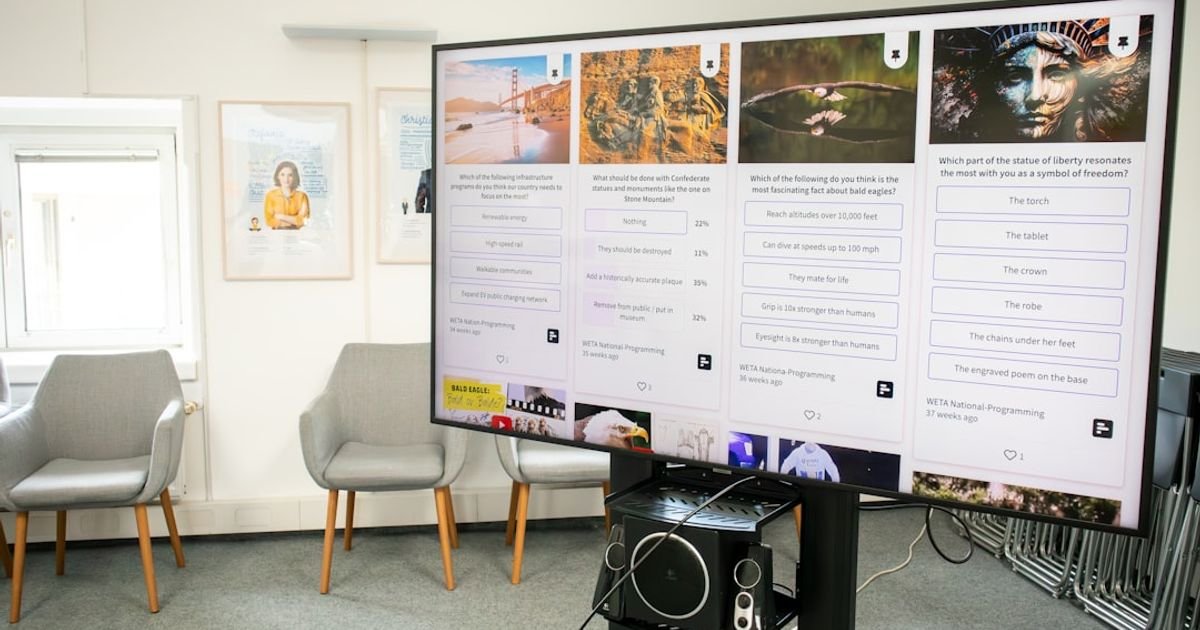About Prompt
- Prompt Type – Dynamic
- Prompt Platform – ChatGPT, Grok, Deepseek, Gemini, Copilot, Midjourney, Meta AI and more
- Niche – Video Scripts
- Language – English
- Category – Movie
- Prompt Title – AI Prompts for Visual Storyboarding and Creative Media Planning
Prompt Details
This prompt is designed to be adaptable for various AI platforms and caters specifically to generating visual storyboards and creative media plans for movie scripts. It utilizes dynamic variables that you should replace with your specific script details for optimal results.
**Prompt Structure:**
“`
## Movie Storyboarding and Media Planning Prompt
**I. Script Information:**
* **Title:** {Movie Title}
* **Genre:** {Genre(s) – e.g., Sci-Fi Thriller, Romantic Comedy}
* **Logline:** {One-sentence summary of the movie}
* **Target Audience:** {Describe the target audience demographics and psychographics – e.g., Young adults (18-25) interested in action and adventure}
* **Keywords:** {List relevant keywords that describe the movie’s themes, style, and tone – e.g., dystopian future, artificial intelligence, rebellion}
* **Script Summary:** {Provide a concise summary of the script, highlighting key plot points and character arcs.}
**II. Visual Storyboarding Request:**
* **Scene Selection:** {Specify the scene(s) you want storyboarded. Provide the scene number, brief description, and relevant script excerpt. E.g., Scene 12: The protagonist confronts the antagonist in the abandoned factory. “John steps into the shadows, a wrench clutched in his hand. ‘It ends here,’ he whispers.”}
* **Visual Style:** {Describe the desired visual style and aesthetic. Reference specific movies, artists, or photographic styles for inspiration. E.g., Dark and gritty like “Blade Runner 2049”, with a touch of the surrealism found in Dali’s paintings.}
* **Camera Angles and Movement:** {Suggest specific camera angles and movements for key shots to enhance the narrative. E.g., A low-angle shot looking up at the antagonist as John approaches, a slow zoom in on John’s face as he speaks.}
* **Mood and Atmosphere:** {Describe the desired mood and atmosphere for each scene. E.g., Tense, suspenseful, with a sense of impending doom.}
* **Number of Panels:** {Specify the desired number of storyboard panels for each scene. E.g., 6 panels for Scene 12.}
* **Output Format:** {Specify the desired output format. E.g., A series of image panels with captions describing the action and dialogue, or a PDF document.}
**III. Creative Media Planning Request:**
* **Marketing Objectives:** {Define the marketing objectives for the movie. E.g., Increase awareness, generate pre-release buzz, drive ticket sales.}
* **Target Platforms:** {Specify the target platforms for marketing and promotion. E.g., Social media (TikTok, Instagram, Twitter), online video platforms (YouTube), streaming services (Netflix, Hulu), traditional media (TV, print).}
* **Campaign Tone and Style:** {Describe the desired tone and style for the marketing campaign. E.g., Mysterious and intriguing, reflecting the movie’s suspenseful nature.}
* **Key Messages:** {Identify the key messages to communicate to the target audience. E.g., “Uncover the truth.”, “Prepare for the unexpected.”}
* **Call to Action:** {Specify the desired call to action. E.g., “Watch the trailer”, “Pre-order tickets now”}
* **Budget Considerations:** {If applicable, provide any budget constraints or considerations for the media plan. E.g., Focus on low-cost digital marketing strategies.}
* **Desired Deliverables:** {Specify the desired deliverables for the media plan. E.g., A marketing strategy document outlining the target audience, key messages, and promotional activities; a content calendar; mockups of social media posts.}
**IV. Additional Instructions (Optional):**
* **Specific Character Descriptions:** {Provide detailed descriptions of key characters, including their appearance, personality, and motivations.}
* **World-Building Details:** {Provide details about the movie’s setting, including the time period, location, and overall atmosphere.}
* **Reference Images:** {Include links to reference images that can inspire the visual style and storyboard creation.}
**V. Output Preferences:**
* **Image Style:** {Specify the desired image style for the storyboard. E.g., Photorealistic, hand-drawn, comic book style.}
* **Level of Detail:** {Specify the desired level of detail for the storyboard and media plan. E.g., High-level overview, detailed breakdown.}
**Please generate a visual storyboard and a creative media plan based on the information provided above.**
“`
**Instructions for Using the Prompt:**
1. **Replace the bracketed placeholders** with the specific details of your movie script.
2. **Be as detailed and specific as possible** in each section to guide the AI effectively.
3. **Adapt and modify the prompt** based on your specific needs and the capabilities of the AI platform you’re using.
4. **Iterate and refine the prompt** based on the initial output. If the results aren’t satisfactory, adjust the prompt and try again.
This dynamic prompt provides a comprehensive framework for generating visual storyboards and creative media plans for movie scripts. By carefully customizing the variables, you can effectively leverage AI to enhance your pre-production process and bring your movie vision to life.

